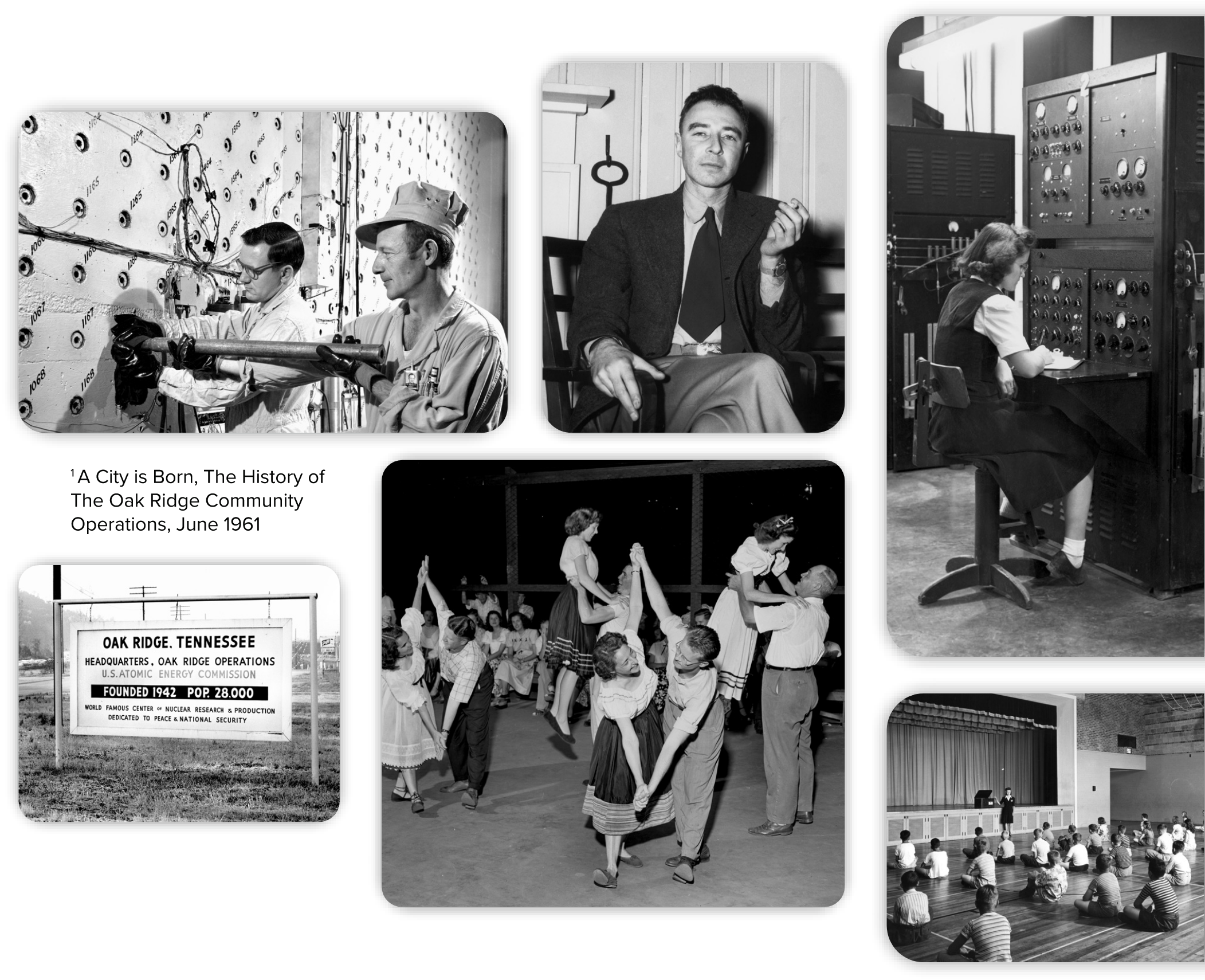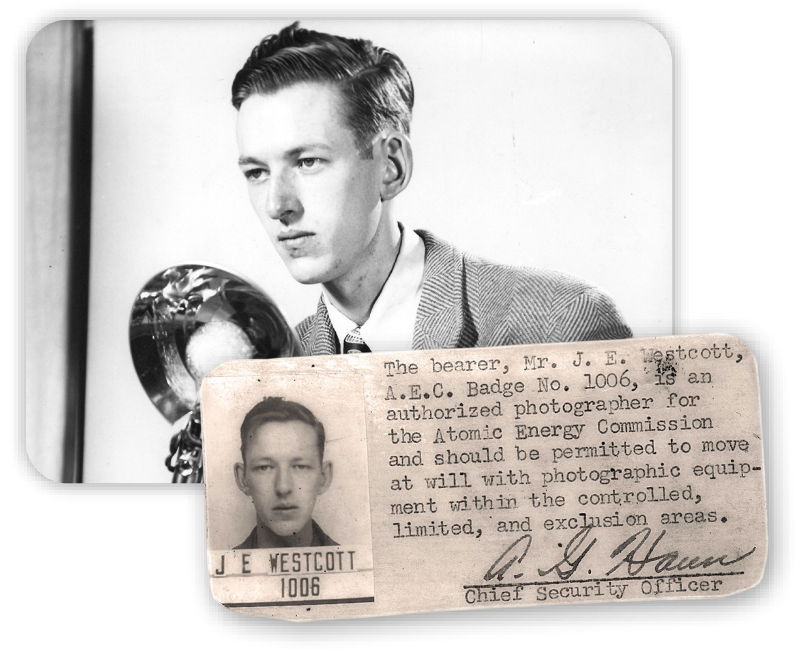Rent the

The Midtown Community Center, also referred to as the Wildcat Den is home to the Oak Ridge Heritage and Preservation Association. There are several exhibits on hand, showcasing artifacts and photographs from the Manhattan Project including a replica dorm room. The Wildcat Den can be rented for group meetings and special events.
ORPHA Contact for Scheduling Information – (865) 599-7208
Tour Information – call (865) 806-0390
The Oak Ridge Story and Manhattan Project Timeline
On June 17, 1942, President Roosevelt approved the report recommending the creation of the project, soon to be known as the Manhattan Engineer District. On September 19th, 1942, the Oak Ridge site, named the Clinton Engineer Works, was chosen to produce the materials which would be used to fuel a nuclear weapon. Two months following the site selection, construction began to create the material, enriched uranium, and to create a city to support those workers and their families who came to this East Tennessee area to help end World War II.
Planners initially envisioned a population of 13,000. Within a few months, project plant operators and city planners were raising their estimates to 42,000 and then to 62,000. The City of Oak Ridge grew to a population of around 75,000 by the summer of 1945. By December 1946, the population had dropped to 42,465. The Manhattan Engineer District implemented plans to develop and provide the necessary housing, commercial, utility, school and medical facilities to recruit and retain the highly specialized personnel required for construction and operation of the industrial plants.1
The four main plants: X-10 (Graphite Reactor), Y-12 (Electromagnetic Separation), K-25 (Gaseous Diffusion), and S-50 (Liquid Thermal Diffusion) were constructed from 1943 to 1945.

Featured Exhibits
Housing / Hutments
Housing and Hutments
The Museum has a large exhibit dedicated to housing, with photos and descriptions of early hutments and trailers to Victory Cottages and flattops. The more permanent housing, known as the “alphabet” housing were Cemesto homes seen throughout Oak Ridge today. Large dormitories and apartments were part of the early construction.
Due to wartime urgency to quickly build the Manhattan Project production facilities, a large workforce was assembled in a very short period of time. As their numbers grew rapidly, a solution was needed to house thousands of new workers. Temporary housing was provided in the form of hutments. They were the only option available to African Americans workers on the project.
Hutments were minimal housing units, providing only the basic essential needs of the occupants. They consisted of uninsulated plywood structures measuring sixteen by sixteen feet. Heat was provided by a coal stove in the middle. Each hutment housed four to five people. They were not provided with plumbing, so occupants used a nearby bathhouse. The rent was twenty cents per day.
ORHM has constructed a replica of a Hutment for our guests to visit.


Oppenheimer Exhibit
Oppenheimer
You may learn more about Robert Oppenheimer and have your photo made next to this famous American’s portrait. Oppenheimer was a gracious subject for the Manhattan Project photographer, Ed Westcott. Oppenheimer is the one who told General Groves that a Thermal Diffusion Plant should be built in Oak Ridge to speed up the process of separating (or enriching) uranium to get the Uranium 235 isotope quicker that was needed for “Little Boy,” the world’s first atomic bomb ever used in warfare. All the Uranium 235 came from Oak Ridge.
Ed Westcott Gallery
The Ed Westcott Gallery
James Edward Westcott was the official photographer of the Manhattan Project in Oak Ridge. Ed Westcott was adept at documenting the construction and work of the Manhattan Project from both the land and the air. But his gift was the manner in which he captured the “faces” of the Project – the upturned faces of the children of the Kiddy Club or the coal yard worker on lunch break. Black and white images frozen in time: A widow accepting military honors on behalf ofher fallen husband, Robert Oppenheimer gazing directly into the camera lens while balancing a cigarette between his fingers, a newspaper proclaiming “War Ends” held above the heads of a celebrating crowd. All images in the gallery were captured by Ed Westcott.




